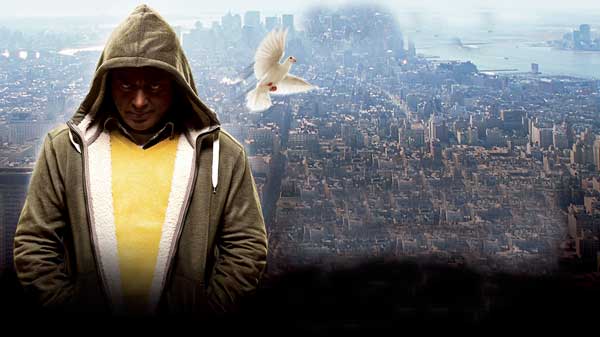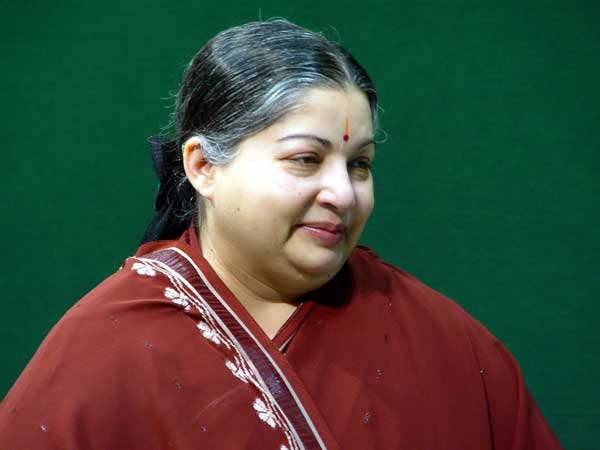15 Feb 2013 - {{hitsCtrl.values.hits}}


 Ostensibly the ban on ‘Vishwaroopam’ was caused by the protests of Muslim groups in Tamil Nadu who claimed the film depicted Muslims in a negative light. Although the film had been cleared for release by the Indian Censor board the Tamil Nadu Government of Chief Minister (CM) Jayalalithaa Jayaram imposed a two-week ban on the movie a day before its scheduled release on January 25th 2013 citing potential breach of peace and threats to law and order in the state. This in turn had a ripple effect on other South Indian states like Karnataka, Kerala and Andhra Pradesh where screening of the film had commenced. Muslim groups began protesting. However the Hindi version ‘Vishwaroop’ was released in North Indian theatres a few days later on February 1 and began running without any hitch or mishap. The screening of ‘Vishwaroopam’ in Europe, Australia, USA and Canada also went off smoothly.
Ostensibly the ban on ‘Vishwaroopam’ was caused by the protests of Muslim groups in Tamil Nadu who claimed the film depicted Muslims in a negative light. Although the film had been cleared for release by the Indian Censor board the Tamil Nadu Government of Chief Minister (CM) Jayalalithaa Jayaram imposed a two-week ban on the movie a day before its scheduled release on January 25th 2013 citing potential breach of peace and threats to law and order in the state. This in turn had a ripple effect on other South Indian states like Karnataka, Kerala and Andhra Pradesh where screening of the film had commenced. Muslim groups began protesting. However the Hindi version ‘Vishwaroop’ was released in North Indian theatres a few days later on February 1 and began running without any hitch or mishap. The screening of ‘Vishwaroopam’ in Europe, Australia, USA and Canada also went off smoothly..jpg) It would also be of interest and relevance for Sri Lankan readers to gain an insight into the politico-filmy cultutre of Tamil Nadu. The Geo-political importance of Tamil Nadu in Sri Lankan affairs cannot be under estimated. Even in the case of ‘Vishwaroopam’ the demonstration effect of the Tamil Nadu ban had its fallout here with Muslim groups urging a similiar ban. It is in this context that this column seeks to focus on the politics of banning ‘Vishwaroopam’.
It would also be of interest and relevance for Sri Lankan readers to gain an insight into the politico-filmy cultutre of Tamil Nadu. The Geo-political importance of Tamil Nadu in Sri Lankan affairs cannot be under estimated. Even in the case of ‘Vishwaroopam’ the demonstration effect of the Tamil Nadu ban had its fallout here with Muslim groups urging a similiar ban. It is in this context that this column seeks to focus on the politics of banning ‘Vishwaroopam’.
.jpg) SCENARIO
SCENARIO
16 Nov 2024 5 hours ago
16 Nov 2024 6 hours ago
16 Nov 2024 6 hours ago
16 Nov 2024 7 hours ago
16 Nov 2024 8 hours ago